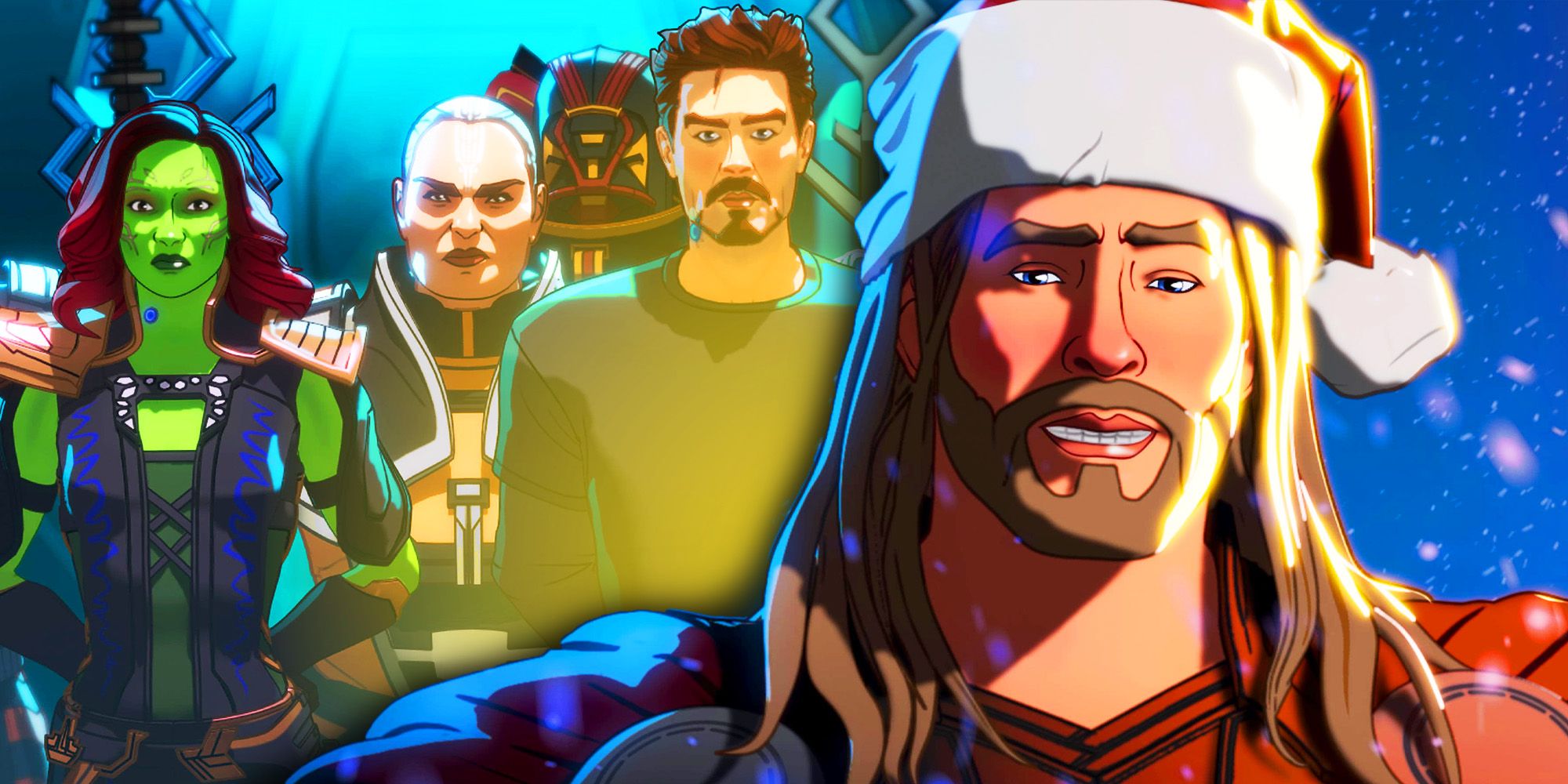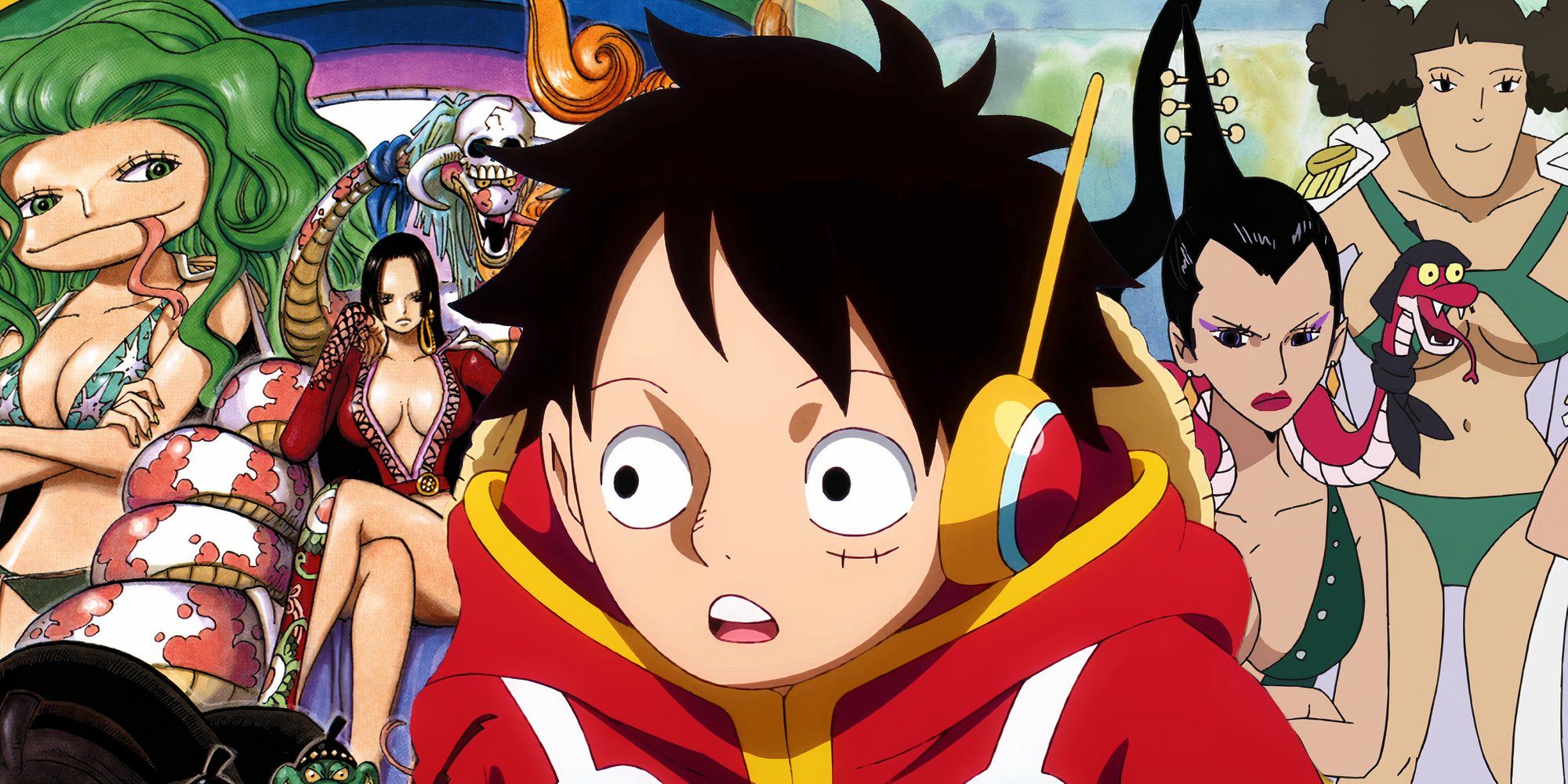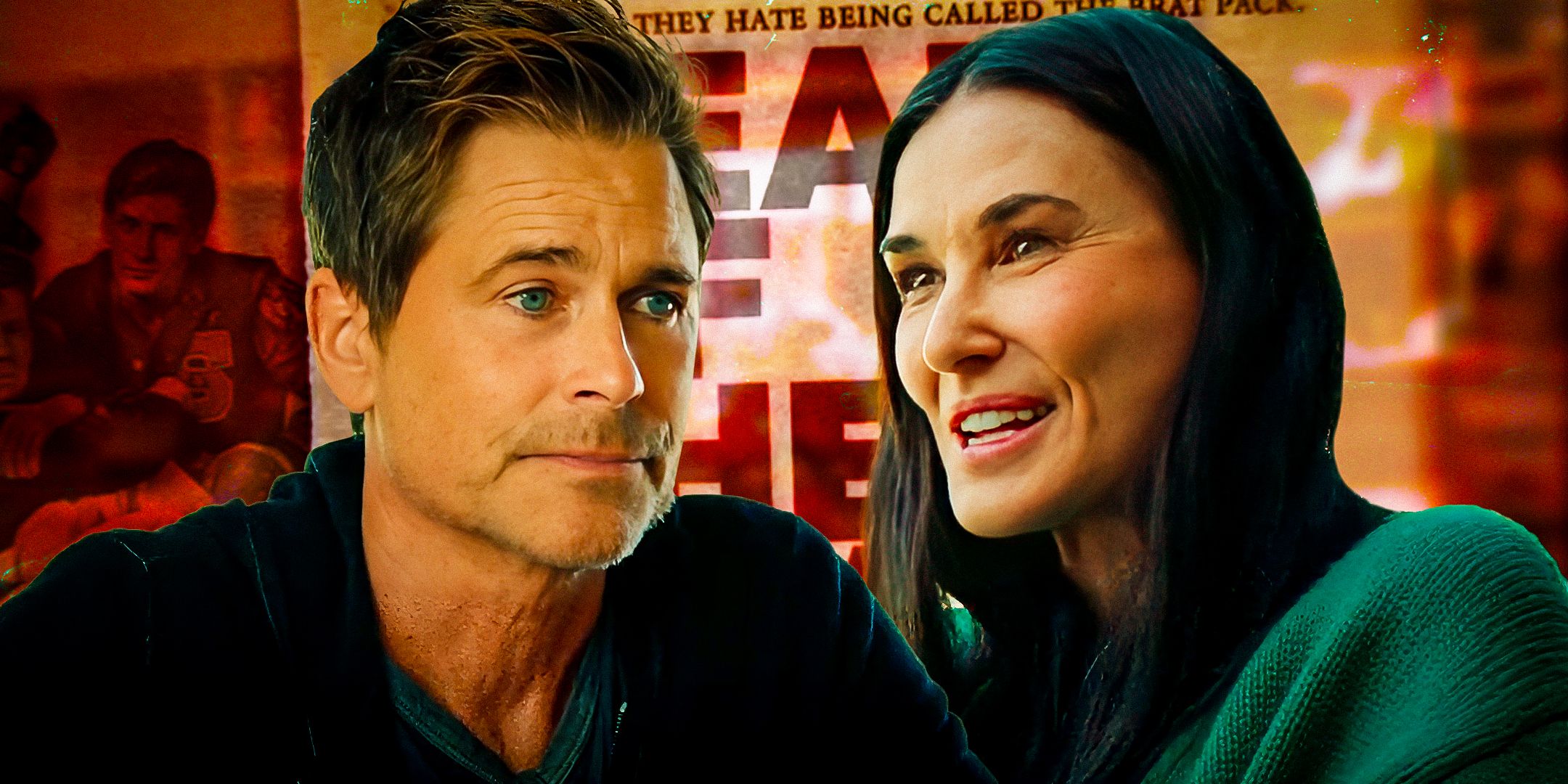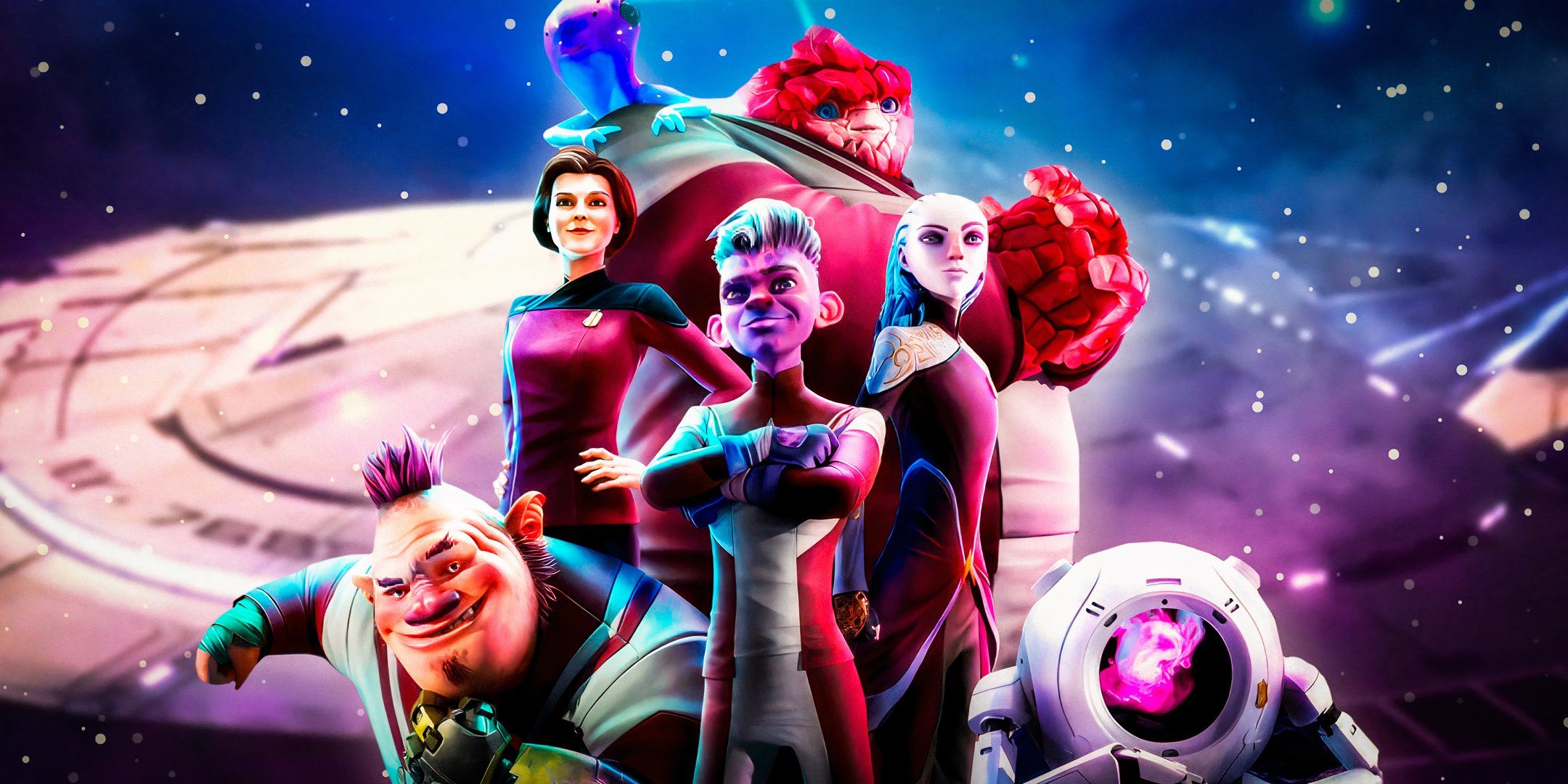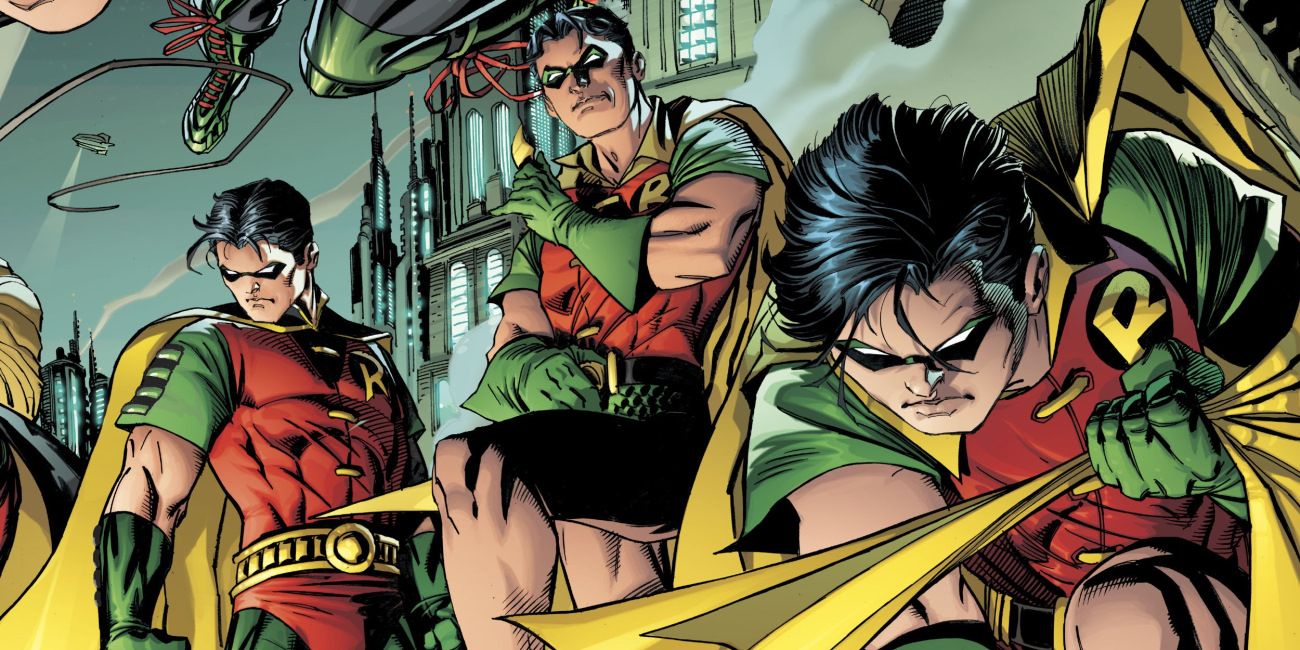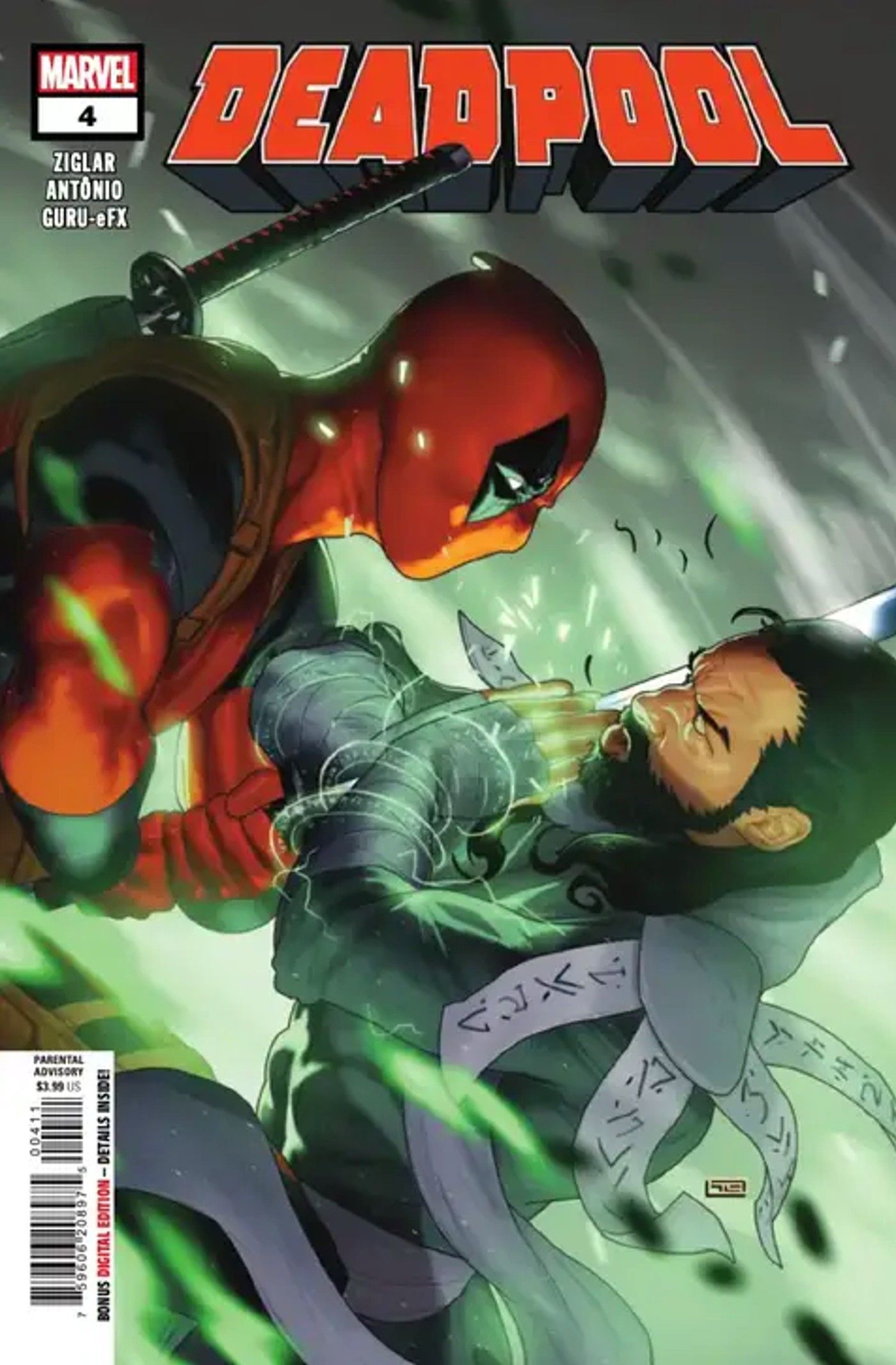Warning! Spoilers ahead for Future State: The Flash #1, in stores now!
Tom King and Clay Mann’s Heroes in Crisis series introduced the Sanctuary, a secret facility created to help DC’s superheroes deal with the psychological trauma that often accompanies their extraordinary lifestyle. When a number of heroes are found murdered there, the deaths trigger a weird mix of conspiracy and mystery that culminates in a group of unlikely heroes investigating and finding that the murderer is speedster Wally West. The reveal, as well as West’s motivations and his method of covering up his actions, were met with great disapproval and disappointment by fans who didn’t like this new direction for the former Kid Flash. Despite his heroic actions in Dark Nights: Death Metal, DC Comics seems committed to the direction of Wally West becoming the fallen Flash as the version of him in Future State is a zombie-like speedster who has no trouble committing murder or stealing Speed Force from others.
In Heroes in Crisis, Wally suffers abandonment issues and crippling emotional distress after losing his wife Iris and his children Jai and Irey when the universe reset itself following the events of Flashpoint. Having momentarily lost control of his powers, resulting in the death of several other heroes present, he uses his knowledge of crime scene procedures and the Speed Force to send other heroes on a wild goose chase. Wally even travels through time to kill a younger version of himself to complete the deception, since his body was among those of the fallen heroes. When the truth is discovered and Wally is confronted, he admits responsibility for everything and surrenders himself to the Justice League.
In Future State: Flash #1 by Brandon Vietti and Dale Eaglesham, Wally has undergone some kind of transformation that continues his descent into total villainy. After stealing his Uncle Barry’s Speed Force, he proceeds to do the same to his cousin Wallace West, but ends up killing him in the process. Five years later, Wally has de-powered most of DC’s signature speedsters, who have to resort to using confiscated Rogues’ weapons to complete their mission to save or stop Wally. As their hope and numbers continue to dwindle, Barry convinces Jay Garrick, Max Mercury, and Avery Ho to attempt to contact Wally telepathically. They discover he has become possessed by Famine, one of the Four Horsemen of Apokolips. Although this knowledge takes Jay Garrick’s life, the remaining Flash Family not only knows the name of their enemy, but that their friend and ally is his unwilling prisoner.
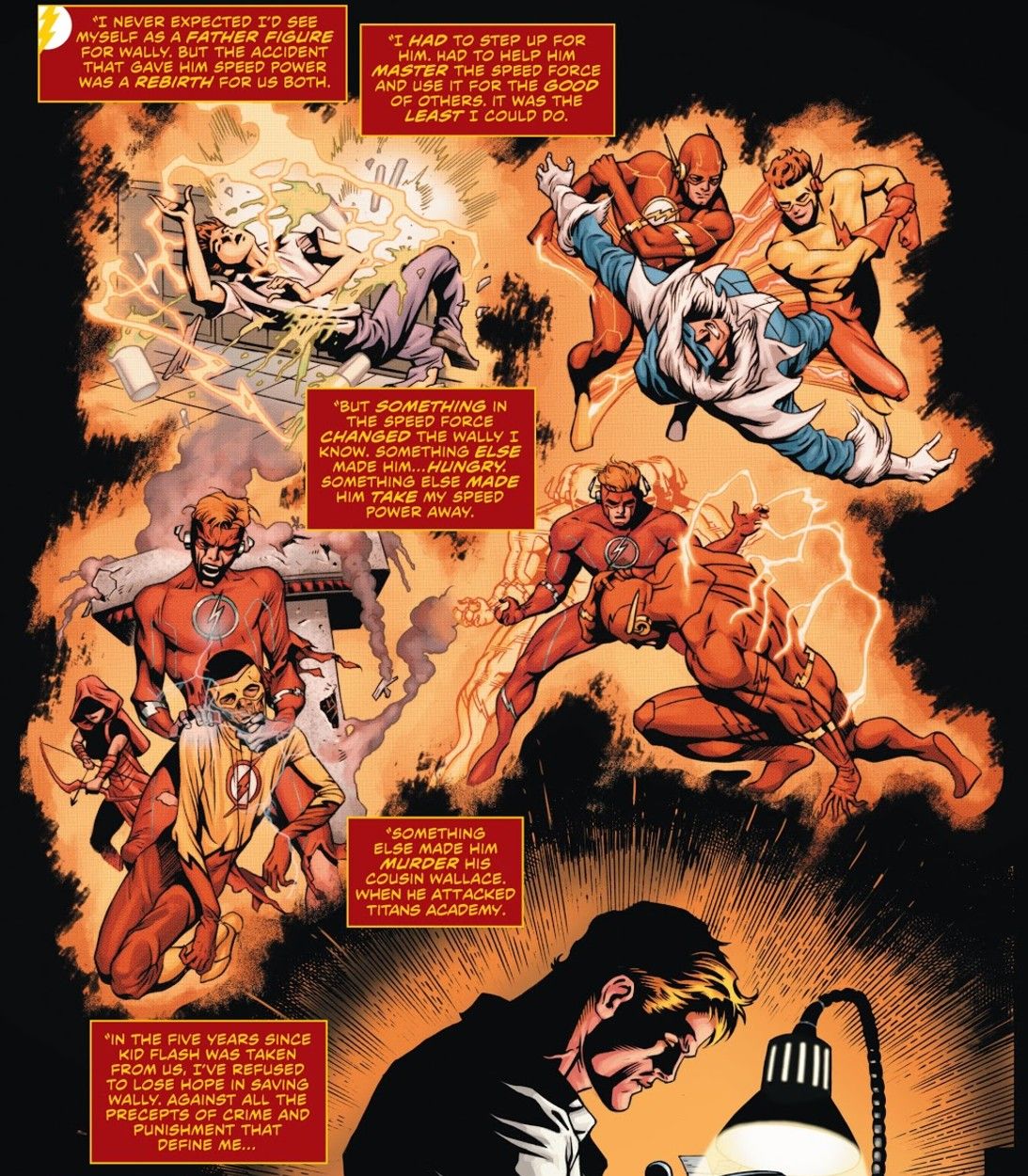
Introduced in the 2006 weekly series 52, the Four Horsemen were a product of genetic engineering and cybernetics powered by souls from another universe. They made the mistake of messing with Black Adam and were later defeated by the Justice League, their souls trapped inside a crystal. While Famine clearly escaped and found himself a new host, the idea of Wally West continuing as a murdering speedster doesn’t align with the events that follow Heroes in Crisis. During his imprisonment, Wally is recruited to help protect the Multiverse from a wave of Dark Matter surging from the Dark Multiverse, redeeming himself as a hero by helping to save parallel universes from darkness. Wally not only sacrifices reuniting with his restored family to protect the Multiverse but in Dark Nights: Death Metal, he is able to personally redeem himself with the Flash Family and the Teen Titans, cementing his redemption and return as a hero.
With the likely explanation that Famine possessed and corrupted Wally shortly after, it seems bizarre to invest all that time and effort (as well as paper and ink) into redeeming Wally West just to make him a murderer and villain shortly afterward. Although it’s suggested that Future State‘s Wally could still be saved, the reality of his actions would drive anybody to darkness, especially someone once considered a symbol of hope.
